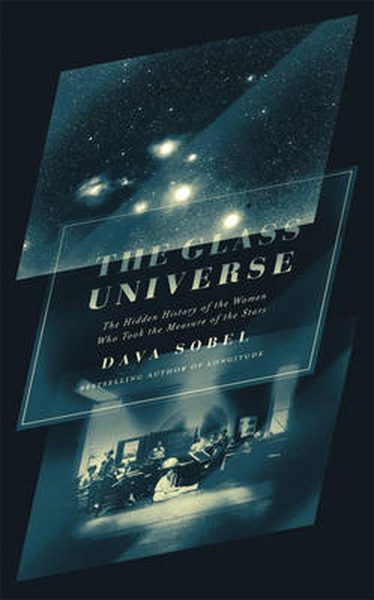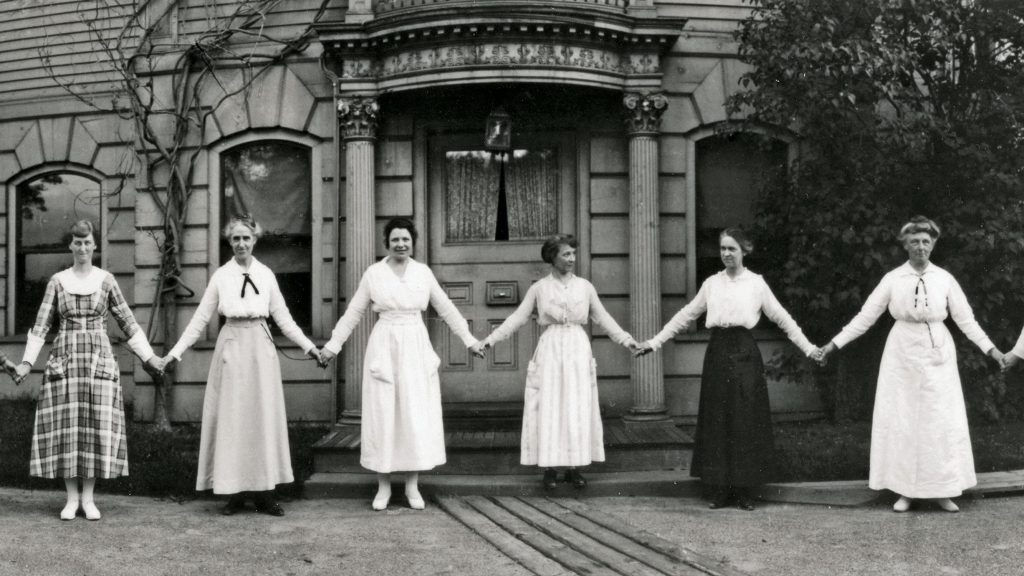The Hidden History of Women who took the Measure of the Stars
Author: Dava Sobel
Publisher: 4th Estate, 2016.

This book was recommended to me late last year by a friend via Facebook and I was surprised I hadn’t heard about it through Astronomy networks. The author is Dava Sobel, former science writer for the New York Times and Harvard Magazine and well-known for her earlier titles – Galileo’s Daughter, The Planets and Longitude, with its introduction by Neil Armstrong.
The setting is Harvard College Observatory and the focus is a collection of 500,000 photographic plates accumulated in the 19th and 20th centuries. The characters are the women and men at the centre of astronomy at the turn of the twentieth century, but the spotlight is on the women who deciphered those photographic plates, devised cataloguing regimes for stars, studied their spectra and made important discoveries. The book is beautifully written. The preface begins: “A little piece of heaven. That is one way to look at the sheet of glass propped up in front of her, thousands of stars fixed in place, like tiny insects trapped in amber”. There is a collection of personal photographs, a glossary of astronomy terms, and a catalogue of Harvard astronomers, assistants and associates at the end. This is no dry text, but the engaging story of the many women who worked at the Harvard Observatory under its Director, Edward Charles Pickering, between 1877 and 1917. The lives they shared, their dedication, attention to detail, patience, persistence and friendship.

Among them was Annie Jump Cannon, who worked until her death in 1941 at the age of 77, classifying a quarter of a million stars by their spectra; Henrietta Swan Leavitt, who “sought out variable stars and monitored their behaviour” thereby discovering the “period-luminosity relation” as a means of measuring distances across space; and Cecilia Payne Gaposchkin, the first Harvard PhD in Astronomy. Although not lauded at the time, the reputations of these three ladies have endured and their story is featured in Episode 8 of Neil de Grasse Tyson’s recent Cosmos series. This book is a fastidiously researched historical account (with photos) in three parts, a biography of pioneers and a lesson in what it takes to be a scientist, recognised or not. The seed for it all was a leader with vision and a significant donation by heiress, Anna Palmer Draper, widow of Harvard Observatory Director, Henry Draper, to continue her husband’s work. What followed was the building of a team of women, hired as assistants to support Astronomers, who became published scientists in their own right. Edward Pickering and his team at Harvard also recognised the importance of studying objects in the Southern Hemisphere and established outposts in Peru and later in South Africa. They were particularly interested in globular clusters. Their careful curation and documentation of everything associated with each set of photographic plates are admirable. A purpose-built brick building was constructed at Harvard to reduce fire risk but did nothing to prevent a flooding incident. The plates “rescued” from South Africa were lost at sea when the ship was torpedoed en route to Harvard in 1944. Thankfully the digitisation of the Harvard plate collection begun in 2005, continues (http://dasch.rc.fas.harvard.edu/project.php).
This is also a cautionary tale about risk and mitigation. So with its interwoven themes, I highly recommend this e-book to anyone with an interest, whether it’s astronomy, science, history, biographical accounts, or voyages of discovery





